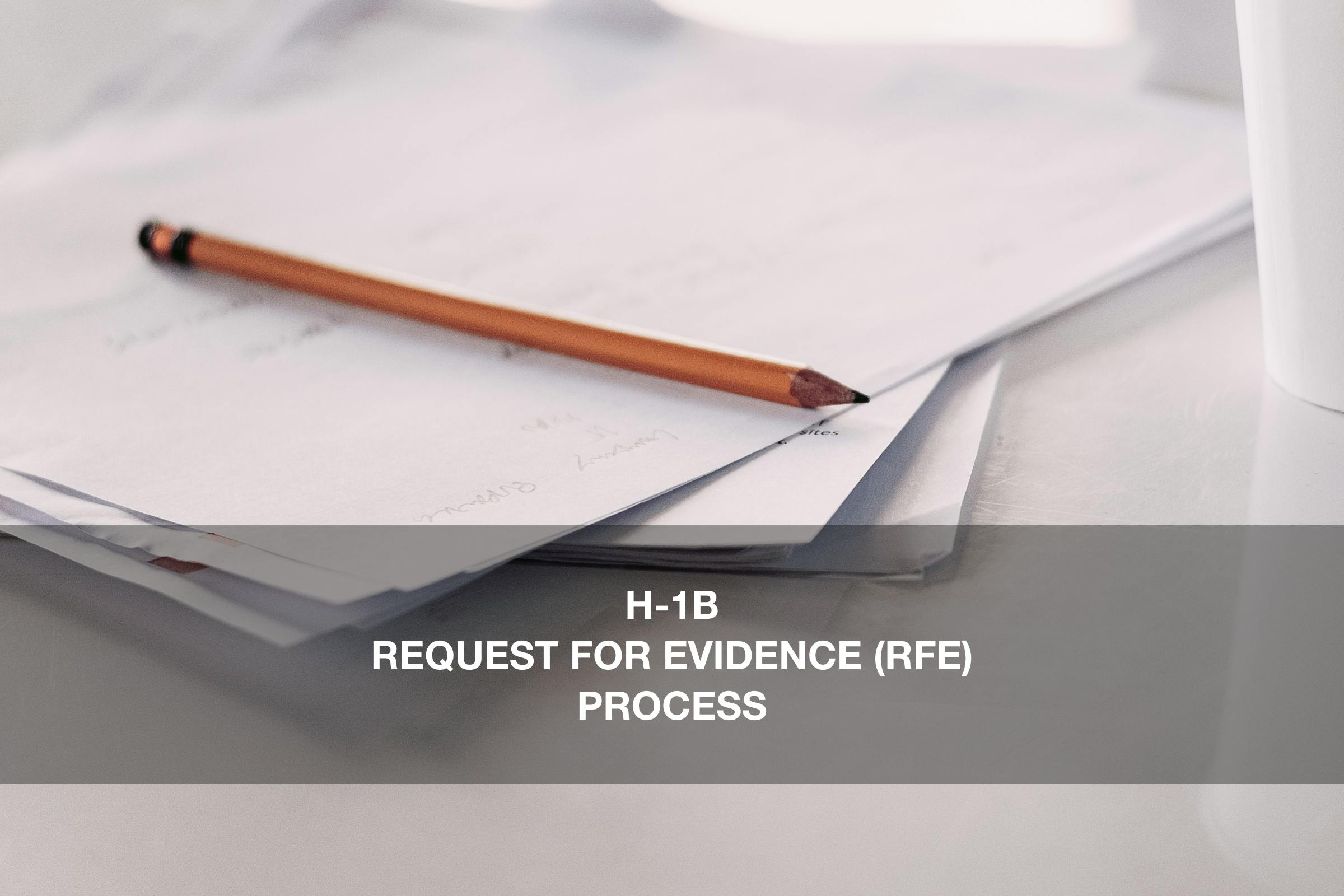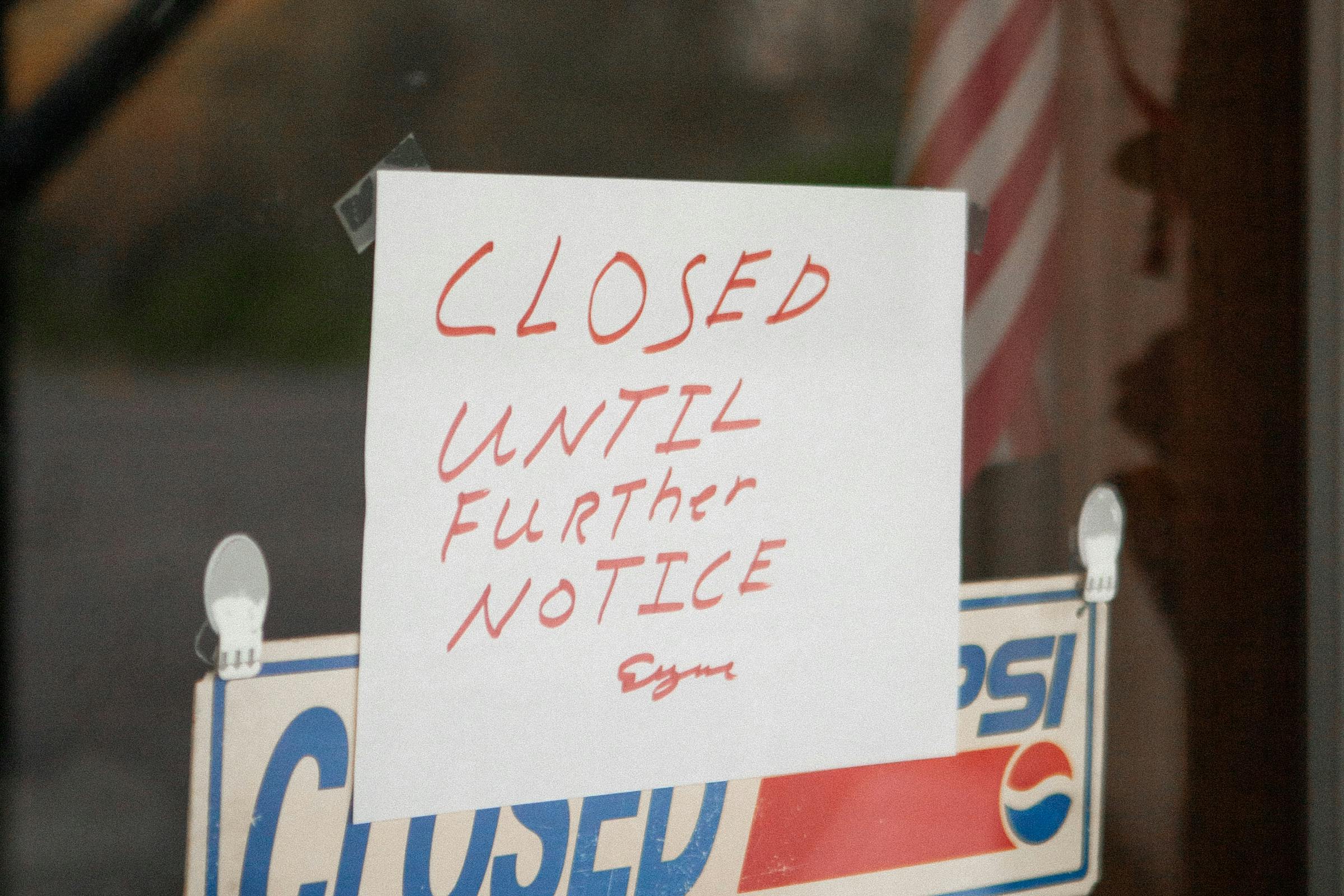RFEs Versus Notice of Intent to Deny
Per 8 CFR 103.2, each initial benefit request must be filed with supporting evidence. USCIS can only accept the request entirely if there is sufficient documentation, or the reviewing officer can return the petition with instructions to resubmit with more evidence within a specific timeframe.
This request could be via an RFE or a Notice of Intent to Deny, communicated by email or regular mail. The notice will tell you what evidence is missing and whether you need to file initial evidence (you didn't submit anything in the first place) or additional evidence (what you submitted needed more to support your claim). RFEs have a deadline of 12 weeks at maximum, but it could be less than that.
If an Intent to Deny is sent to you, it will come with the reason for the proposed denial, and you’ll have adequate time to respond to this notice and refute the reason with supporting information.
Why You’ll Get an RFE
When you file your paperwork, you already have a slight disadvantage: You know yourself and assume the reviewer will recognize specific facts without needing evidence supporting them.
For example, the job you’re offered (or offering) is in IT as a graphic designer, and that’s a common occupation. Therefore, you complete a basic job description, but the officer reviewing your paperwork isn’t familiar with the position, or what you’ve included doesn’t quite match up with the information they are given to refer to through the Department of Labor’s categorization. So, they send you an RFE.
This is a very common situation and one that can easily be resolved by enlisting the aid of a legal immigration attorney. An outside expert not only understands what USCIS looks for, but they see you objectively instead of subjectively and can point out areas where you’re assuming prior knowledge that might not exist.
Here is a list of some of the typical reasons for RFEs in previous years:
● The position’s definition doesn’t qualify as a specialty occupation, meeting one in four (or more) of the required criteria, as evidenced by the supporting documentation and description.
● There is no valid connection to establish an employer-employee relationship demonstrating that the employer has the right to determine the terms of the beneficiary’s occupation (hiring, firing, etc.).
● The employer has not shown that they have work that qualifies as part of the beneficiary’s occupation, either in-house or off-site.
● The Labor Condition Application does not correspond to the position and terms on the petition.
● Evidence of payment of all filing fees for the H-1B visa was not included.
● The petition needs to show that the beneficiary has the required qualifications to perform the job descriptions of the specialty occupation in question.
● The petition needs to establish the beneficiary's current legal status has been appropriately maintained.
● The petition must prove that the beneficiary is eligible for AC21 benefits or an H-1B extension.
● The employer has not shown evidence of meeting the itinerary requirement if the services are to be performed in multiple locations.
What’s Next?
Whether you’ve received a Request for Evidence or you’re trying to avoid that path, Visa2US can help. Our skilled legal immigration experts have guided countless employers and employees to successful H-1B visas, extensions, and job transfers. We understand what USCIS considers thorough evidence, and we want to extend this knowledge to you and prevent unnecessary delays in your H-1B process.
Contact our professional attorneys at Visa2US any time, night or day, and let us answer your questions and assist you as you submit evidence that will stand up to scrutiny by the USCIS officers. Don’t let missing information slow down your job offer; talk to our experts today!














